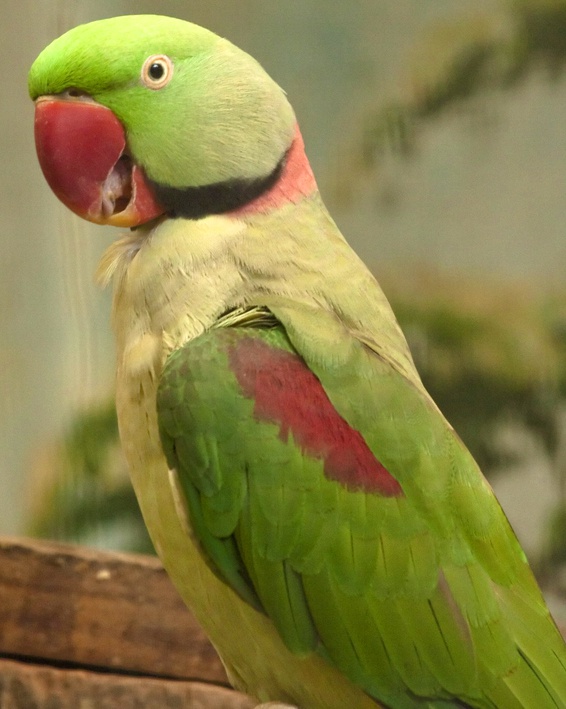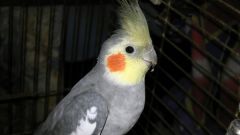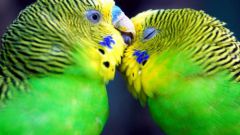Instruction
1
As a rule, the younger the bird, got to you, the better and quicker it will be taming. Would be better if the time of domestication, the parrot will be alone. If you plan to find him a wait until, until the bird gets used to you. The proof of this will be that the parrot is not afraid of human hands, takes her food, sits quietly on the shoulder of the person.
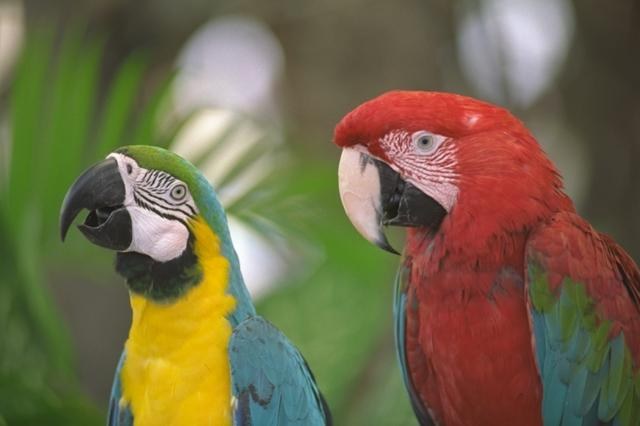
2
Put the cage with the parrot you have purchased so that it is approximately at the height of human growth. Approaching the cage, call the bird by name, and try not to make any sudden movements. Don't be surprised if at first the parrot will not come to the manger - it is normal for birds caught in an unusual situation. In this case, it is possible to pour the grain on the bottom of the cage. The period of adjustment of a parrot to a new home can take about a week.
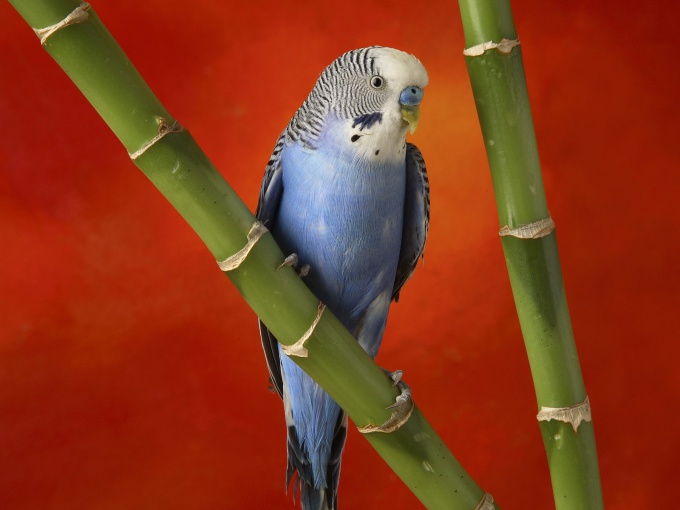
3
As soon as the bird began to take the grain from the trough to begin the taming. For starters, the parrot needs to get used to calm in your presence. Slowly and carefully approach the cage when your pet eats. At first, the parrot may be frightened to rush to the top of the cell, but gradually he begins to let you all closer. Once he did stop to pay attention to your presence near. This is a sign that you can move on to the next stage of domestication.
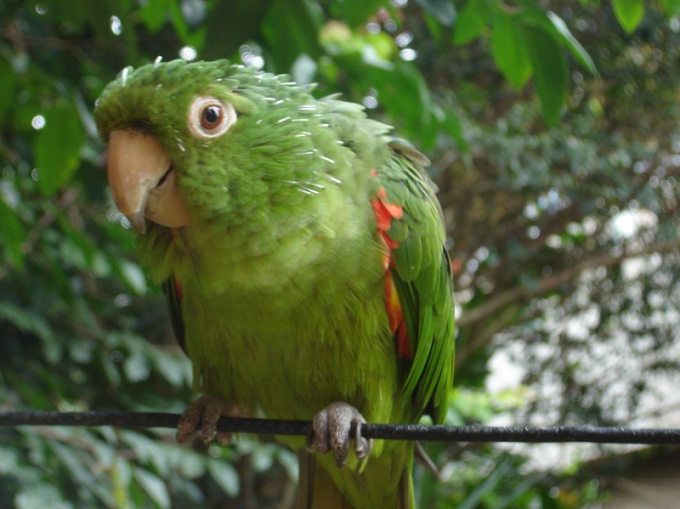
4
Take fingers favorite food of parrot and slowly pull him through the bars of the cage. Call the parrot by name. It is possible that the bird in the first days did not dare to take food from your hand. That's no reason to get upset: just be patient. One day the parrot will snatch a tasty morsel from your hand and bounces into the far corner of the cell. Keep practicing until your feathered friend will not behave more trustingly.
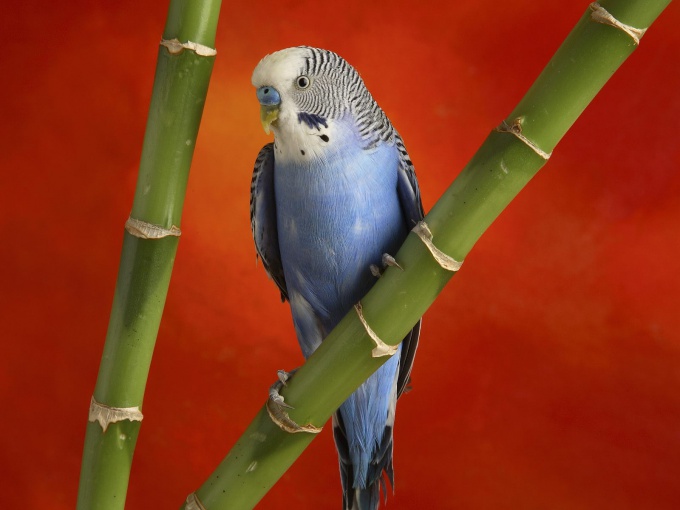
5
Try to stick to the cage door a treat on the open palm. Do this very slowly without making any sudden movements. Talk with the bird softly and gently. Gradually you will be able to make a parrot not only calmly took from the palm of food, but with the sat you. As soon as the bird will be calm and trusting to sit on your hand, try gently to bring her out of the cage. Of course, this will not be the first time. Try to transplant the bird to his shoulder, let her understand that it is convenient and safe. Give the parrot to fly around the room, and then call him by name, handing him a treat. Then he'll come back to you, and it can be put back in the cage.
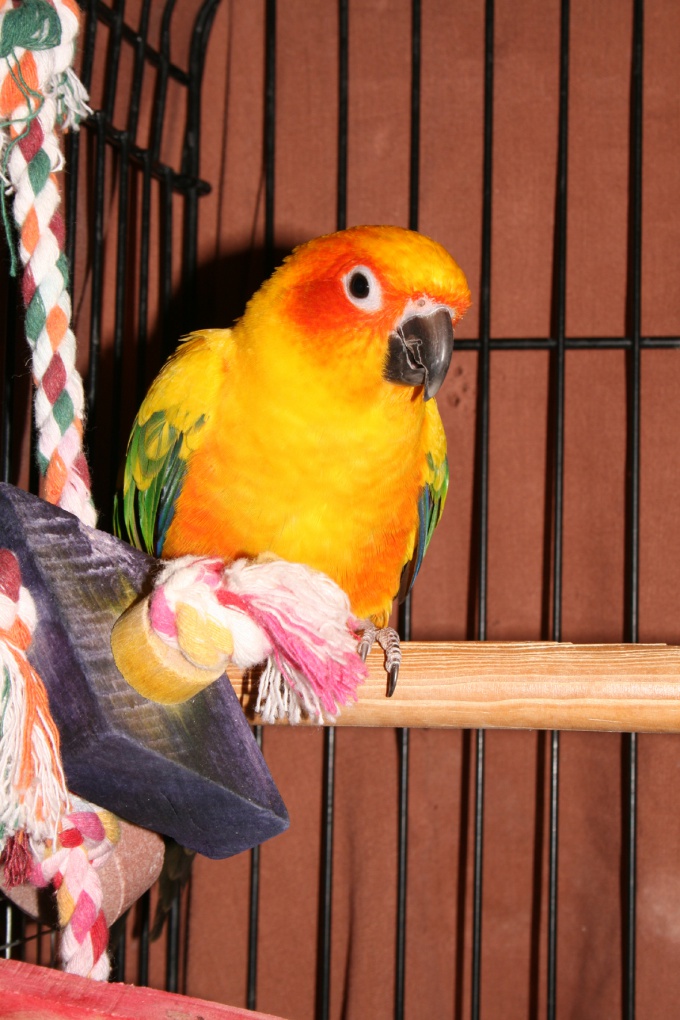
Note
Releasing the parrot from the cage, take care of its security. In the room there should be open doors and vents. If someone inadvertently closed the door with a parrot sitting on it, bird may get the fracture of the femur or tibia. Danger is also coarse curtains, in which your pet can get confused. After seeing house plant, the parrot will not miss the opportunity to nibble the leaves, and meanwhile, it can end his poisoning. Therefore, releasing your pet, remove plants from the zone of access.
Useful advice
Parrot food can be given only in the cage with either hands. Otherwise the bird will have an incentive to return to the cage.
